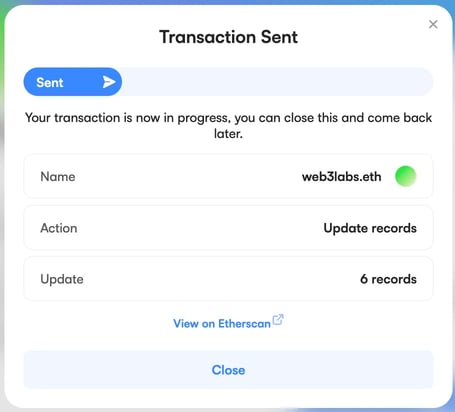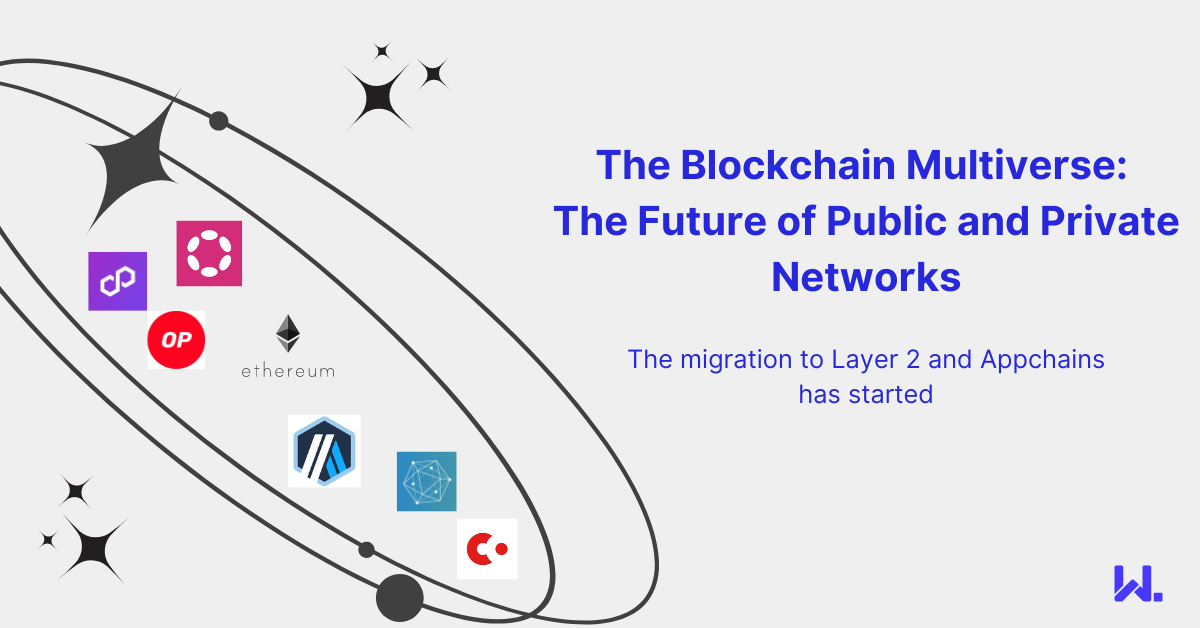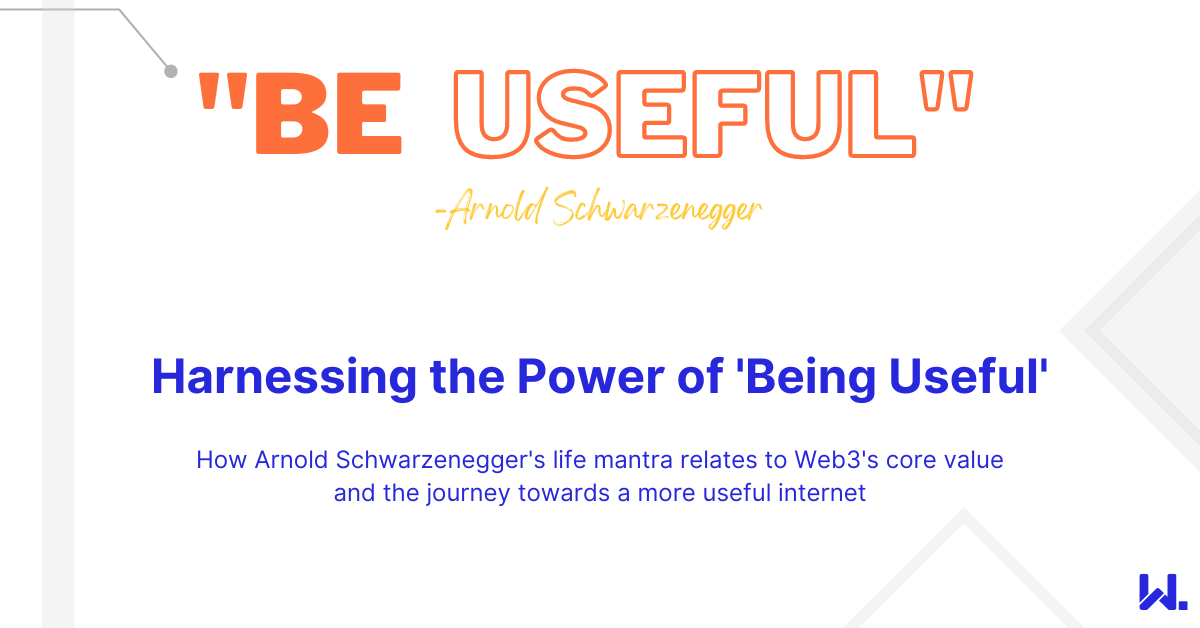It's no secret that the user experience still has a long way to go with many web3 applications. This isn't the first time I've touched on this — but with each year that goes by I would like to see incremental improvements that magically compound over time.
When I'm working with any web3 applications or transacting with crypto for that matter, it still feels almost as clunky as it did 7 years ago when I first entered this space.
Perhaps I'm a Luddite with my approach, but I would consider myself someone who's relatively well versed in this area with the following devices and software being used in some capacity.
- Ledger Nano S/S Plus/X
- Metamask
- Coinbase Browser Wallet
- Gnosis multi-sig
- Cold wallets
- Parity signer
- Phantom
There are small tweaks that are good to see, Ledgers S Plus model has a larger screen, which is a welcome change from the tiny screen of the standard S model. Metamask has had some nice tweaks to ensure transactions don't fail too regularly.
However, there's been some pretty universal frustrations.
- Browser-based wallets constantly vanish as they're popping up within your browser and you often need to jump between tabs when using them.
- If you're using more than one browser-based wallet, good luck trying to ensure the correct one is selected when you connect to an app — it doesn't appear to matter on a lot of sites if you select Coinbase or Metamask as your wallet of choice.
- If you want to send funds from centralised exchanges such as Coinbase you still need to figure out the transaction fees yourself, their UI doesn't calculate it correctly.
- Funding a wallet in a cryptocurrency you don't already own is clunky. It generally involves sending funds to an exchange via a bank transfer, then buying the crypto on that exchange, and finally depositing it into the new wallet.
On top of this, there's still the general nervousness I face with having to triple or quadruple-check recipient addresses. The reason that the majority of users are willing to put up with this is that the majority of web3 users are trying to chase profits. They are not leisure users.
In this respect, I love speaking with gaming companies as they're acutely aware of the fact that if the user experience sucks, people will not play their game. This is where it's been great seeing the progress being made by some of the web3 gaming companies, Mythical Games being one such example. Their NFT Rivals game has now been downloaded over 1 million times.
Layer 2 just compounds the problem. Users need to typically bridge their assets from the base layer chain which just adds to the complexity.
Every time I have to do this stuff, I'm reminded just how clunky everything is. Sure things are improving, but we need some big jumps to happen or rely on web 2.5 solutions where companies abstract away much of the complexity for users.
The technology is simply not forgiving enough.
Of the different apps I've used, one that still stands out as having a streamlined experience is ENS. When I use their app, I find myself coming away feeling, that was pretty smooth with their nice progress bars demonstrating changes taking place.
A GPT solution?
ChatGPT, AI assistants, LLMs are the flavour of the month in tech. However, I do believe one area they could significantly benefit web3 is in addressing the user experience.
Imagine if an AI-based assistant could look after your wallet's private keys for you. Where instead of having to use browser-based wallets, you could simply speak to your AI agent to take care of whatever activity you wished to undertake.
This would circumvent much of the clunkiness of dealing with web3 UX as it stands. Users have a series of hoops to go through themselves which are disparate, but could be significantly automated if the automation tool knew the user’s private key or had access to their wallet.
Building the trust for such a solution is non-trivial. You would need to build trust first of all between the AI agent and the user, ensuring that they will not act in any way nefarious or that would result in them not doing exactly what the user asked.
Additionally, the physical keys would need to be held securely such that a rogue AI agent couldn't steal them.
But presuming we could get there, it would be a lot better than where we are now.
A simple transfer could look like this:
>Please send 1 ETH from csvensson.eth to beer.eth.
>Sure, you are about to send 1 ETH from csvensson.eth (0x2e11E3b40Ca0C4aba93a2Cd7C9046394b8dd7501) to beer.eth (0x39DBfDD63FD491A228A5b601e0662a4014540347).
>The transaction cost is approximately $0.47 given current gas prices. Would you like to proceed?
>…
Although this example is simplistic, things get more interesting when you think about interfacing with DApps running on another L2 network.
>Where can I get the best return currently for my ETH?
>The Yearn Finance WETH vault on Optimism is currently offering a 5.61% return on wrapped Ether (WETH).
>Please can you deposit 10 ETH from csvensson.eth into this vault?
>Of course, the following transactions will be performed:
>1. Deposit 10 ETH in Optimism via the Optimism Bridge
>2. Swap 10 Optimism ETH for 10 WETH on Uniswap
>3. Deposit 10 WETH into the Yearn WETH Vault
>The transaction cost is approximately $5.34 given current gas prices. Would you like to proceed?
>…
What's there to stop the AI from performing bridging transactions for you and sending funds to an application on that network, verifying each step along the way on your behalf?
Given the obscurity of most transactions that users are signing, I believe having an agent could quite quickly gain the trust of users in helping decipher what they are asking users to do with them.
We've already seen AI assisting with smart contract audits, and whilst helpful for helping to secure web3 applications, I believe its impact could be far more profound in the area of web3 UX.
Being able to trust the AI assistants will take time, data needs to be properly secured and providers need to be trusted. However, if we do start seeing user-facing technologies such as wallets embracing them. All of a sudden a lot more users could start to be less intimidated by the web3 ecosystems.






